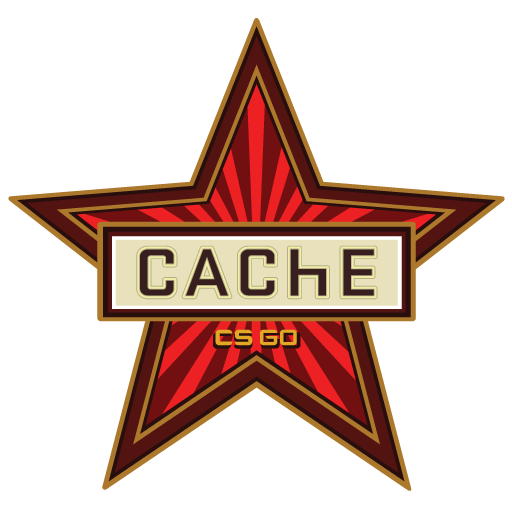Antalya Escapes
Discover the best of Antalya with exclusive insights and tips.
Cache Conundrum: Decoding the Map for Unforgettable Wins
Unlock the secrets to unforgettable victories! Join us as we decode the Cache Conundrum for game-changing strategies and insights.
Understanding Cache Strategies: The Key to Mastering Your Map
Understanding Cache Strategies is essential for optimizing your website's performance and ensuring that users have a seamless experience. Caching involves storing copies of files or data so that future requests for that content can be served faster, reducing load times and server strain. By implementing the right cache strategies, you can ensure that your site remains responsive and provides significant performance benefits. Common strategies include browser caching, which allows users' browsers to store resources for reuse on subsequent visits, and content delivery networks (CDNs), which distribute cached copies of your content across various locations to decrease distance to users.
To fully grasp cache strategies, it’s important to consider several factors that can influence their effectiveness. Here are some key points to remember:
- Cache Duration: How long should content be cached before it's refreshed?
- Cache Invalidation: What mechanisms are in place to ensure that users see the most up-to-date content when necessary?
- Compression: Using techniques like Gzip can help reduce the size of cached files, speeding up transfer times.

Counter-Strike is a multiplayer first-person shooter game that has gained immense popularity since its release. One of the unique weapons featured in the game is the g3sg1, known for its impressive power and semi-automatic firing capability. Players engage in team-based combat, where strategy and teamwork are crucial to success.
5 Essential Tips for Navigating Cache Conundrums
When dealing with cache conundrums, understanding the fundamentals of caching mechanisms is crucial. Caches store frequently accessed data to improve load times and reduce latency, but improper management can lead to outdated content and performance issues. Tip 1: Always clear your cache after making changes to ensure that users see the most up-to-date content. Tip 2: Implement versioning for your cacheable resources to avoid serving stale data to your audience.
Additionally, you can optimize your caching strategy to enhance user experience. Tip 3: Regularly review your cache settings and make adjustments based on traffic patterns and user behavior. Use analytics to track when users are experiencing lag or outdated content. Tip 4: Utilize CDN (Content Delivery Network) caching features to ensure faster delivery of content to users based on their geographic location. Finally, Tip 5: Document your caching policies and processes; this will help maintain consistency and streamline troubleshooting when cache issues arise.
What to Look for in Cache Mapping: A Comprehensive Guide
When considering cache mapping, several key factors can significantly impact its effectiveness and efficiency. First, evaluate the cache architecture in use. This includes understanding the type of cache (e.g., L1, L2, L3) and its respective size and speed. Moreover, assess the data locality to determine how well the cache can predict and store the data that will be accessed frequently. Lastly, consider the eviction policy, which defines how data gets replaced in the cache when it reaches its limits. Common strategies include Least Recently Used (LRU) and First In, First Out (FIFO), each with its unique advantages depending on application needs.
Another essential aspect of cache mapping is understanding the mapping techniques employed to associate cache entries with main memory addresses. There are three primary methods: direct-mapped, fully associative, and set associative. Each method addresses different requirements in terms of speed and complexity.
- Direct-mapped caches are simple and fast but can suffer from high conflict misses.
- Fully associative caches offer the best hit rate at the cost of more complex circuitry.
- Set associative caches strike a balance between the two, making them a popular choice for many systems.